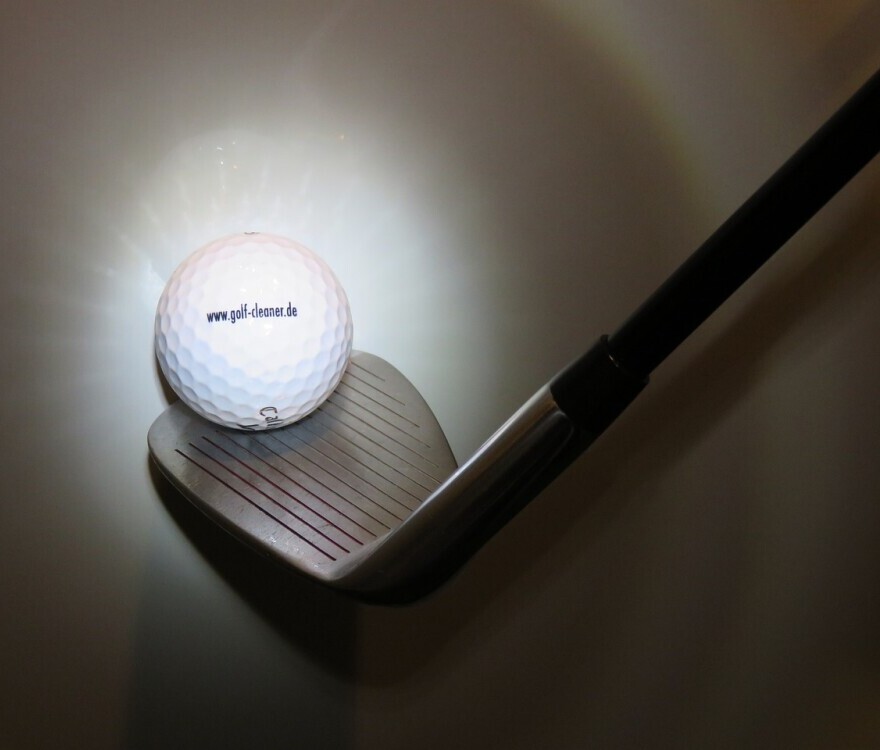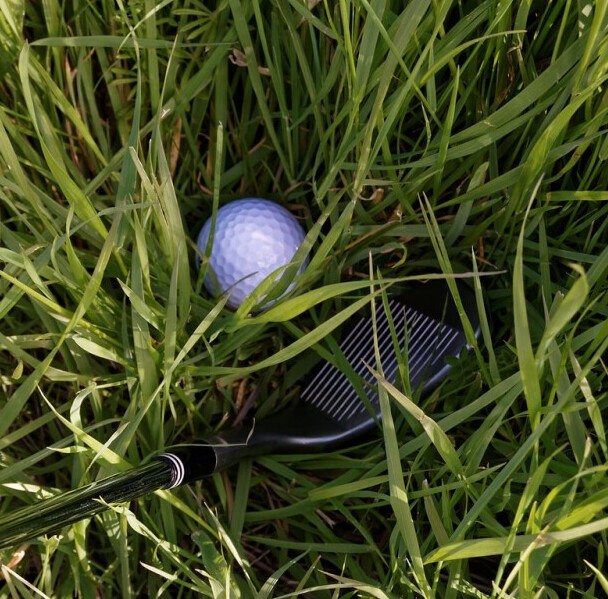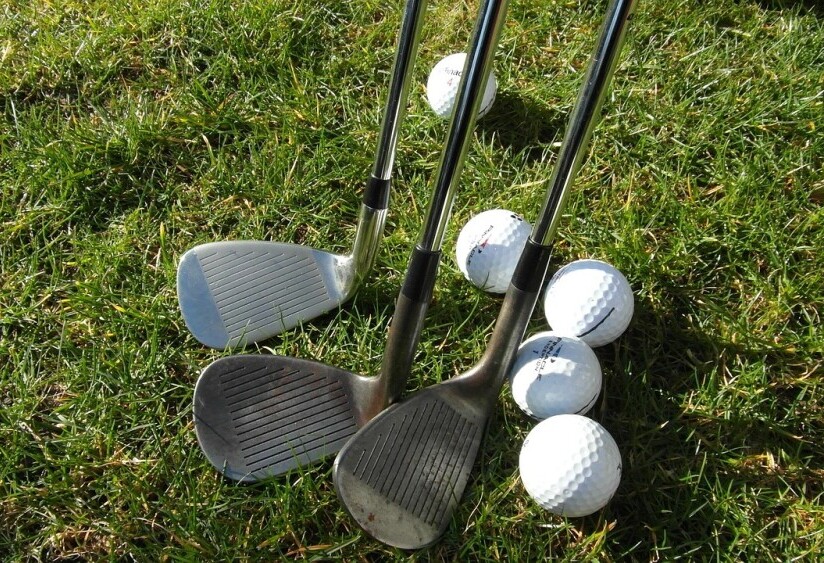What Is A Gap Wedge In Golf?


Fore! Quick note: a few links here are affiliate links. If you snag gear through them, I earn a small commission — no extra strokes added to your game.
Digging into golf clubs, the gap wedge fills a crucial spot in any golfer’s toolkit. It’s the club that sits right between your pitching and sand wedges. Usually, its loft ranges from 50 to 54 degrees. This loft helps bridge the ‘gap’—hence the name—between the distances you can hit with a pitching wedge and a sand wedge. This is the golf viking, and we’re talking about what a gap wedge is and why it might just be the right club when you’re close to the green.
Originally, golfers had just a pitching wedge and a sand wedge. The gap wedge came later, addressing the challenge of those in-between shots. It offered a better transition, making it easier to control distances and improve accuracy. You may find yourself in a position out on the course where a pitching wedge might be too much club, but the sand wedge won’t provide the shot you’re looking for. This is exactly where the gap wedge makes its impact.
Typically, gap wedges have shorter shafts than pitching wedges, which gives better control and precision. The clubhead design focuses on versatility, helping players manage different shot types, whether it’s a full swing or a finesse shot around the green. The gap allows you the opportunity to perform a finesse shot that the pitching wedge wouldn’t be able to.
Compared to other wedges, the gap wedge is your go-to for those awkward 90-110 yard shots. Pitching wedges can overshoot, and sand wedges might fall short. This club lets you dial in the perfect distance with more confidence. So how does this affect your golf play?
If you’re exploring how wedges differ, our guide to the best pitching wedges for beginners shows where the gap wedge fits into your short game arsenal.
Ready to level up your golf game? Click here.

Why You Need a Gap Wedge in Golf
Bridging distances on the course can be tricky, especially when you’re stuck between your pitching wedge and sand wedge. This is where the gap wedge thrives. It helps you manage those mid-range shots, offering just the right amount of loft to cover the needed yardage without overshooting or falling short.
Precision is a massive deal in golf. The gap wedge gives you that edge by offering a finely tuned range. If you want to dial in those tricky distances and get your ball closer to the pin, this club is essential. Its unique design aids in achieving better accuracy and control, making those tight approach shots much more manageable.
Versatility is another huge plus. The gap wedge isn’t just for distance control. It’s super handy in various situations, whether it’s chipping from the rough, hitting out of shallow bunkers, or anything in between. This flexibility means you can rely on one club for multiple types of shots, thus simplifying your game. It can add another element to your golf game that your other clubs can’t provide.
Both pros and amateurs recognize the value of a gap wedge. You’ll see it in the bags of professional players because it allows them to fine-tune their shots for competition. For casual golfers, it can significantly improve your short game and ensure you’re not missing out on essential yardage.
I mentioned previously that I recommend starting out with a pitching wedge and sand wedge included in your golf bag for your wedge options. The next step would be the gap wedge. When you feel you are ready to fine tune your game and make more tricky finesse shots, then add this club to your bag.
Many golfers pair their gap wedge with a lob wedge—learn more in our article on what is a lob wedge in golf?

Benefits and Situations for Using a Gap Wedge
Control and accuracy are the name of the game when it comes to the gap wedge. The club’s optimal loft and design mean you can hit your target consistently. Whether you’re making an approach shot or chipping onto the green, the gap wedge lets you focus on precision. When you need a shot to land just right from a short distance, the gap wedge can answer the call.
Certain shots just scream for a gap wedge. Think about those approach shots where you need to clear a hazard but still land softly on the green. Or when you’re in the rough and need that extra control to get close to the pin. It’s your best friend in these scenarios. This is the beauty of the gap wedge.
Another benefit is its versatility, which can’t be overstated. Using a gap wedge means fewer clubs to juggle and a simpler decision-making process. It covers various shot types, making it an all-around useful tool whether you’re playing a full round or simply just practicing your short game.
When you compare it to other wedges, the gap wedge often stands out for its balance of distance and control. It also fills in those frustrating yardage gaps that can mess with your game strategy, giving you more consistent performance from one round to the next. Once you get the hang of it, you may come to rely on it when you’re out playing a round.
Real-world examples speak volumes. Many golfers, both amateur and pro, have stories of how this club has helped shave strokes off their scores. Testimonials often highlight better performance in difficult situations, improved confidence, and a more enjoyable playing experience overall. Let’s talk about how to hit this thing.
If you’re wondering which clubs to carry, our post on the top 10 best sand wedges compares how sand wedges and gap wedges play different roles.
 I
I
How to Effectively Hit a Gap Wedge
Nailing the perfect gap wedge shot starts with the right stance and grip. Position your feet shoulder-width apart and make sure your weight is evenly distributed. A slightly open stance can help with accuracy, giving you more control over the club’s swing path.
Grip is also key. Hold the club with a relaxed, yet firm grip. Too tight, and you’ll lose the finesse needed for those precise shots; too loose, and you’ll lack control. Finding that sweet spot is crucial. Especially so with clubs that need a particular swing to make it useful. A nice firm grip will do fine.
When it comes to the swing, a smooth, controlled motion is your best bet. Think of it like a clock: your backswing should go to about 9 o’clock, and your follow-through to 3 o’clock. This helps maintain balance and ensures the ball gets the right loft and distance. A nice fluid motion between your backswing and your downswing will make your ball do what you want it to do.
Avoid common mistakes like over-swinging or lifting your head too early. These errors can disrupt your shot’s accuracy and distance. Keep your eyes on the ball and make a clean, controlled swing. Remember to follow through to see your ball through to its target. This swing needs to be more controlled however, because you’re not using momentum in the same way you would a driver.
Practice makes perfect, and the gap wedge is no exception. Spend time at the range working on different types of shots—full swings, half swings, and chips. The more familiar you get with how the club reacts, the better you’ll perform on the course. I’ll see you out on the golf course, approaching the greens like champions.
For seniors or beginners, choosing the right wedge matters. Our guide on the best pitching wedges for senior golfers may help you understand how to balance your set with a gap wedge.


